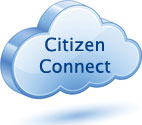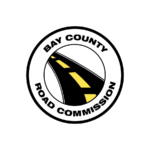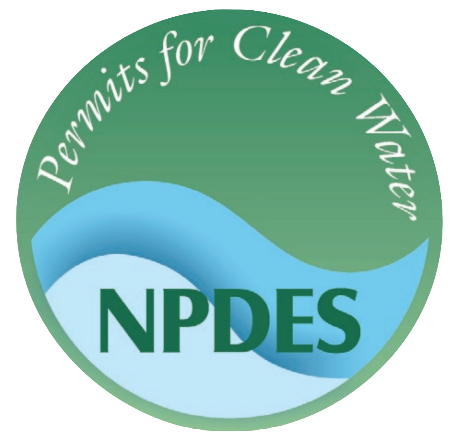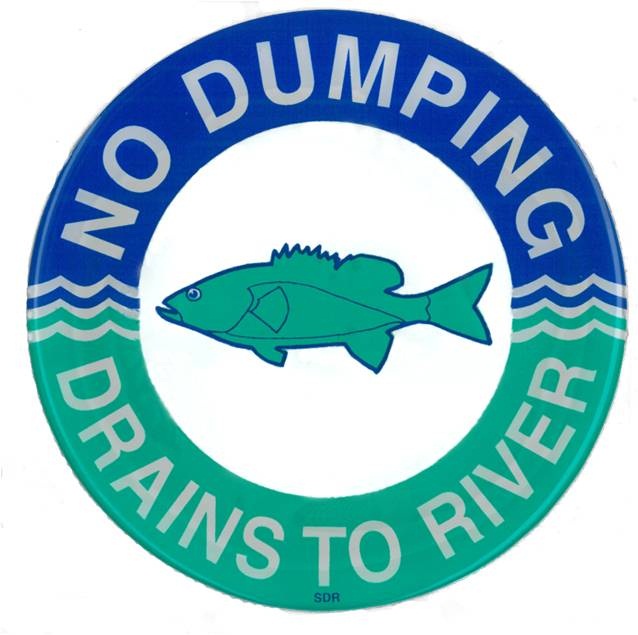Speed Control
 Each year the Bay County Road Commission receives many inquiries about installing stop signs or traffic signals as a way to reduce speeding.However, research shows that other measures are often more effective than adding more stop signs or traffic signals, The purpose of stop signs and traffic signals is to assign right-of-way at an intersection, not to control speeding.
Each year the Bay County Road Commission receives many inquiries about installing stop signs or traffic signals as a way to reduce speeding.However, research shows that other measures are often more effective than adding more stop signs or traffic signals, The purpose of stop signs and traffic signals is to assign right-of-way at an intersection, not to control speeding.
Public understanding of the function of stop signs and traffic signals is one of the most critical elements in reducing speeding and traffic accidents. The following information explains our policies on intersection traffic controls and the correct use of stop signs and traffic signals.
Installation Policies
The Federal Uniform Traffic Control Devices Manual dictates the size, shape and color of all traffic signs. This manual has guidelines for installing signs and thus creates uniformity from state to state. The State of Michigan has a similar Traffic Manual, which is nearly identical to the Federal Manual.
The Bay County Road Commission is required by State law to comply with the guidelines of the State Traffic Manual. In addition, the Road Commission has adopted procedures for the installation of stop signs and traffic signals. These procedures identify specific traffic and pedestrian volumes, accident history, and any unusual conditions, which must be present at the intersection, before these traffic control devices may be installed.
Stop Signs
Stop signs are installed at an intersection only after a careful engineering evaluation of the existing conditions indicates that their installation is appropriate.
Our experience has shown that simply improving the intersection visibility by prohibiting parking near the intersection is often more effective in reducing traffic accidents. This often reduces the need to install more restrictive intersection controls. Overuse of stop signs reduces their effectiveness and if installed where not justified drivers who tend to speed up between stop sign controlled intersections rather than slow down largely ignore them.
Traffic Signals
 The Road Commission has two types of traffic signals: fixed-time signals and traffic actuated signals. Fixed-time signals are set for average conditions and change at predetermined time intervals. Traffic actuated signals detect vehicles (including bicycles) and adjust the timing to optimize traffic flow at the intersection.
The Road Commission has two types of traffic signals: fixed-time signals and traffic actuated signals. Fixed-time signals are set for average conditions and change at predetermined time intervals. Traffic actuated signals detect vehicles (including bicycles) and adjust the timing to optimize traffic flow at the intersection.
Along major arterials which have several traffic signals spaced at periodic intervals, the traffic signals are usually synchronized to provide coordinated movement along the primary road. Before installing a traffic signal at an intersection, established minimum criteria must be satisfied. Our review includes an examination of:
- The amount of vehicular and pedestrian traffic
- The need to provide interruption to the major flow for side street vehicles and pedestrians
- Special conditions such as hills and curves
- The accident history of the intersection
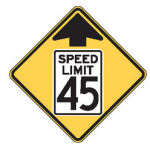 Over the past few years, the Road Commission has installed new signals and upgraded existing signals in an attempt to enable smooth and safe traffic flow where ever possible.
Over the past few years, the Road Commission has installed new signals and upgraded existing signals in an attempt to enable smooth and safe traffic flow where ever possible.
These signals are installed using various funding sources, including your gas tax dollars, & developer fees. A new traffic signal costs in the range of $15,000 to $50,000. Therefore, their installation must be carefully considered.
Citizen Concern
The Road Commission takes our role in solving traffic problems very seriously, yet the ultimate burden of safety rests with you, the motorist in Bay County. Since we receive a large number of citizen requests per year, we cannot always investigate your request as quickly as we would like to. However, we will respond after carefully evaluating your request. We appreciate your patience and understanding.
